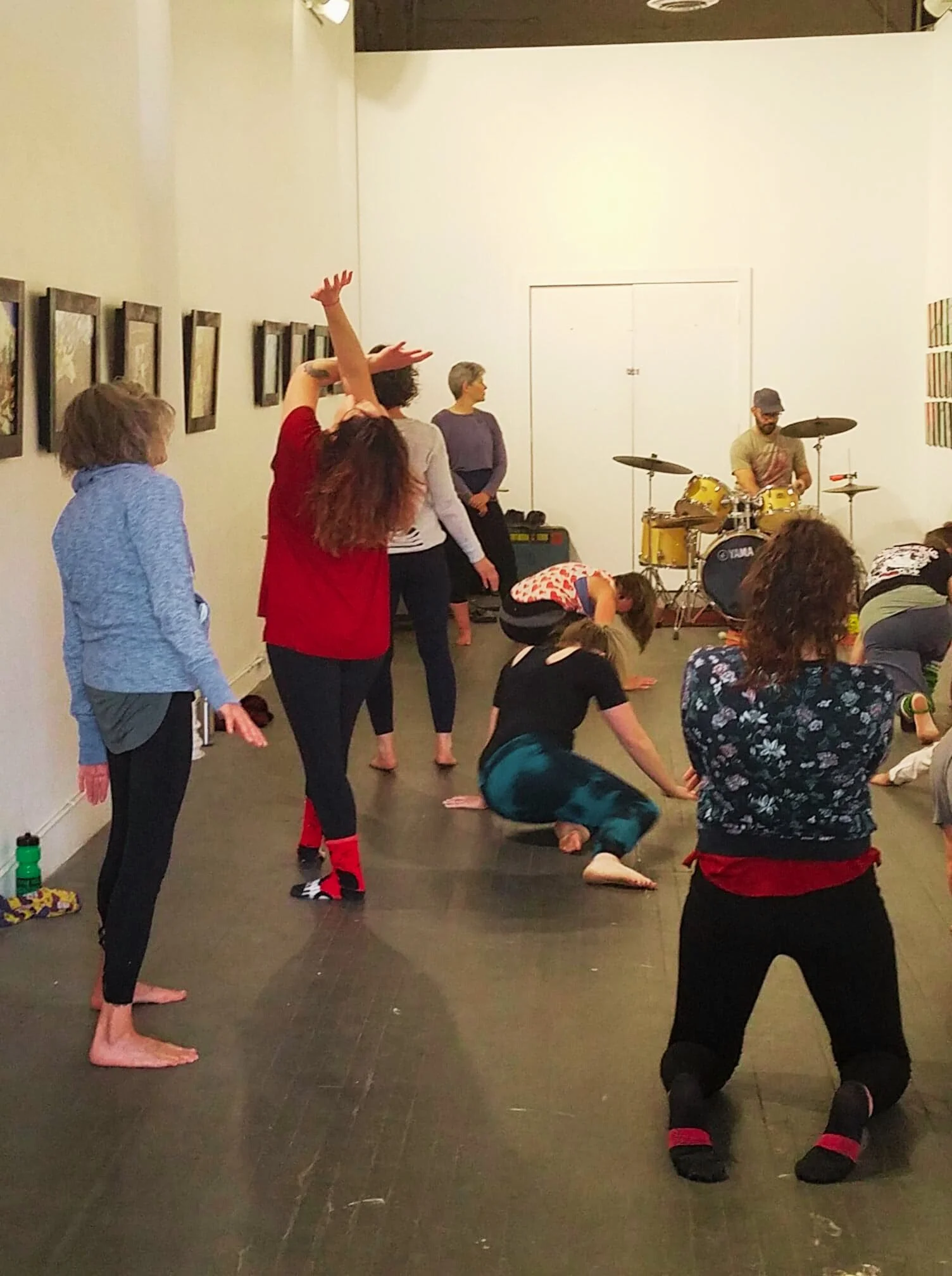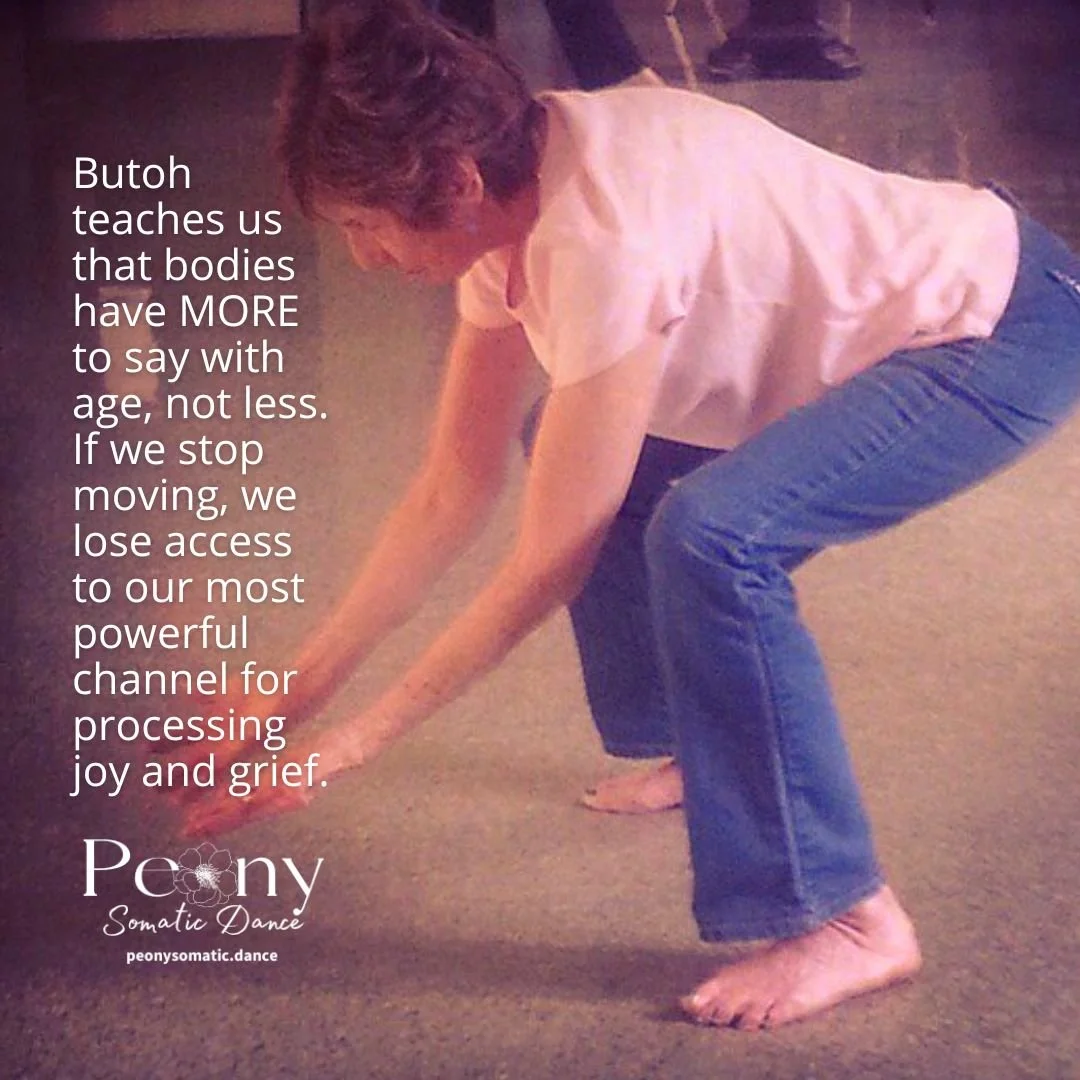I used to tell people (when I was first embarking on this somatic dance journey and felt like I had just conquered two Mount Everests in a row by dancing my way to the least amount of depression in my life that I had ever known)… I used to tell people that their own bodies in the now were their safe space. Because right this minute, nothing is happening.
I still believe we can get to that point and that it also fluctuates depending on psychological triggers, freaking life life-ing, and things like overall health and the weather and so many other variables.
But… and this is a big but… your body as safe space just doesn’t work for a lot of people and it never will.
What do I mean by safe space?
Safe spaces are places and people in which and with whom we can be totally ourselves and be held with care. This can mean that we are tolerated through annoying times ((ha)), witnessed during big changes, and encouraged in growth. It can also mean we are called out on our own bullshit but we know that calling out is coming at us with love and compassion.
Safe spaces and people are not all sunshine and rainbows. Spaces that are too sweet are actually not safe, because the number one component of safe space (and people) is honesty.
If our bodies cannot be these safe spaces, where does that leave us?
What are the other options?
Movement As safe space
This is another tricksy one.
As I have said for a very long time: as long as there is breath, there is dance.
And I believe that. To my core. I have watched people with very little mobility left find so much beautiful dance.
But to say that movement itself is a safe space is unrealistic in light of what many will encounter via disease and aging.
Movement as safe space can feel like an insult in those contexts.
Of course, we too narrowly define movement and that is a large part of the issue, but that narrow definition is how most people understand it. To lose our favorite way of moving can be devastating and transitioning to a new way of understanding movement can take many years if it happens at all.
So no, movement itself is not the safe space we’re looking for.
Community as safe space
Ugh. Sadly this one can be too… fragile, too changeable, too… unrealiable.
Communities are made of humans and humans are unpredictable and we need something somewhat predictable when it comes to creating safe space.
That’s not to say that some communities are not our safe spaces. I myself have a few communities that I would put in this category, but even then, I have experienced moments when it didn’t feel that way. (Luckily they were safe enough to even contain those moments and move beyond them.)
And the grief that comes with dissolution of or betrayal within community is intense. Not safe (or at least not always).
Practice as safe space
After all of these years of observing all of these phenomenon, I have finally come to practice as safe space.
Practice as safe space contains all the other possibilities — bodies, movement, communities, other individuals.
Practice is malleable over our lifetimes but it also (when approached in the way I mean) is a constant companion, even as it and we change.
Practice is devotion to your own awareness and a commitment to living a life of noticing and learning and growing.
Your practices may change but you doing them does not. You coming to them in times of joy and grief does not. And though it may be profoundly challenging to maintain, your practices truly are your safe space — where you can fully meet yourself, challenge yourself, and learn an ever deepening love of yourself and therefore of others.
We are safe in our practices so that we can go out and meet a world that is often unsafe. We then go back to our practices for repair and rejuvenation to be effective in our lives. And that cycle goes on and on…





